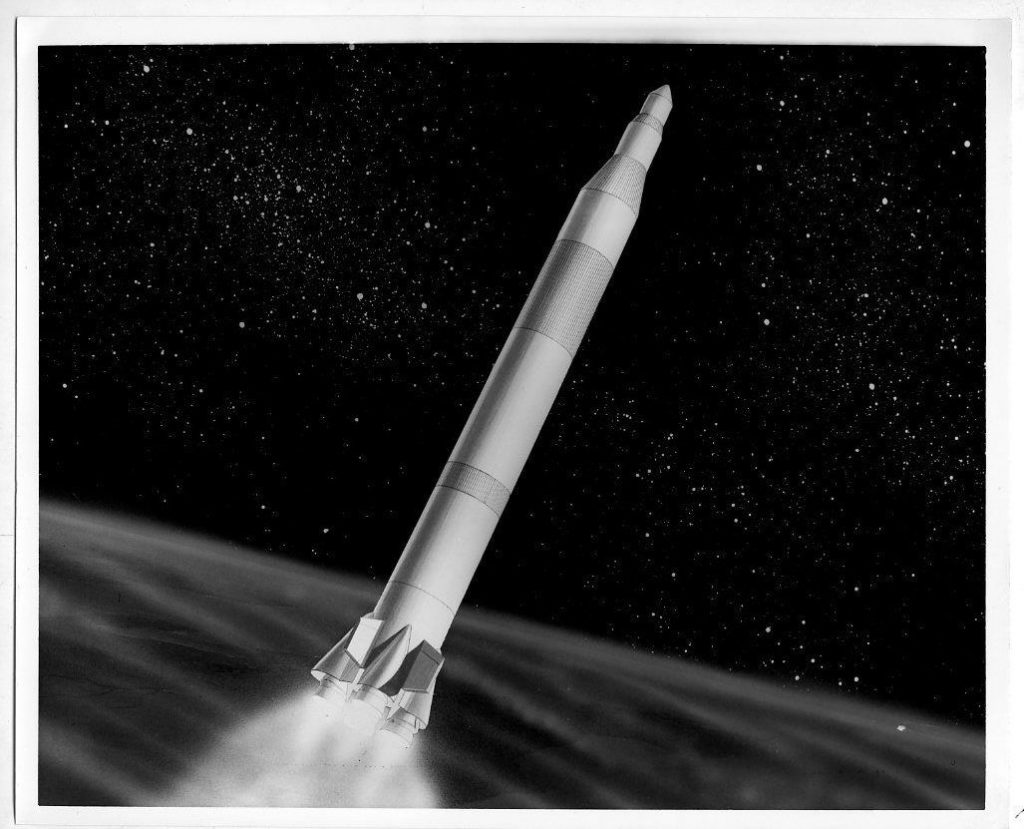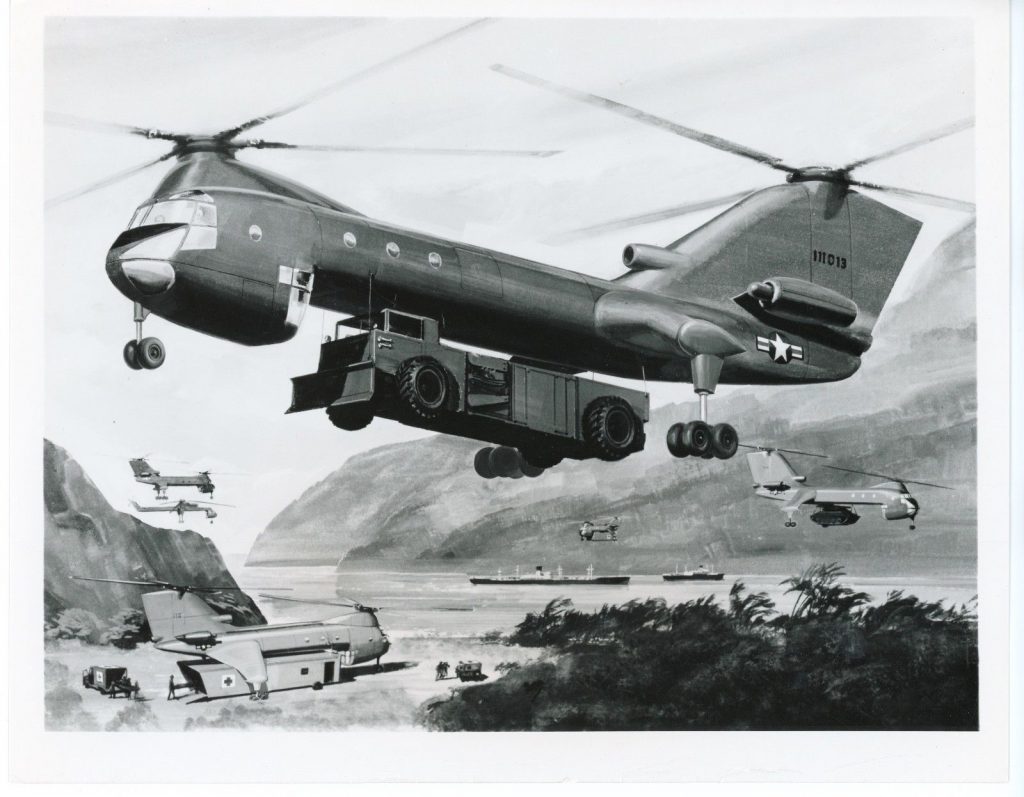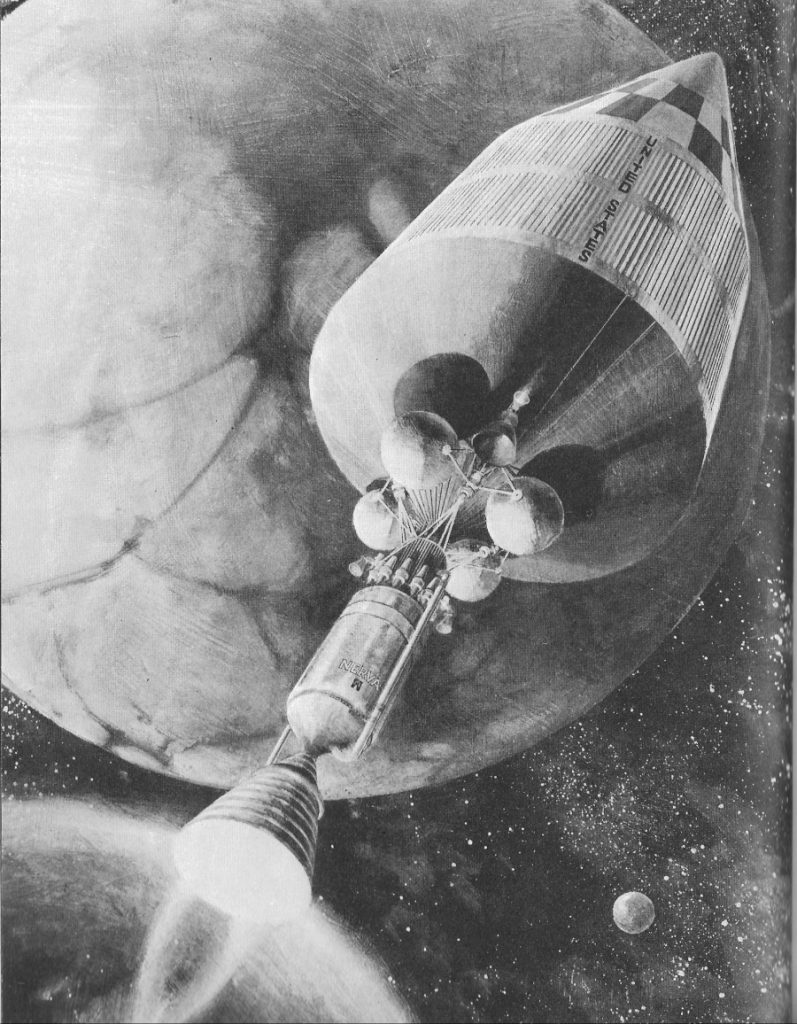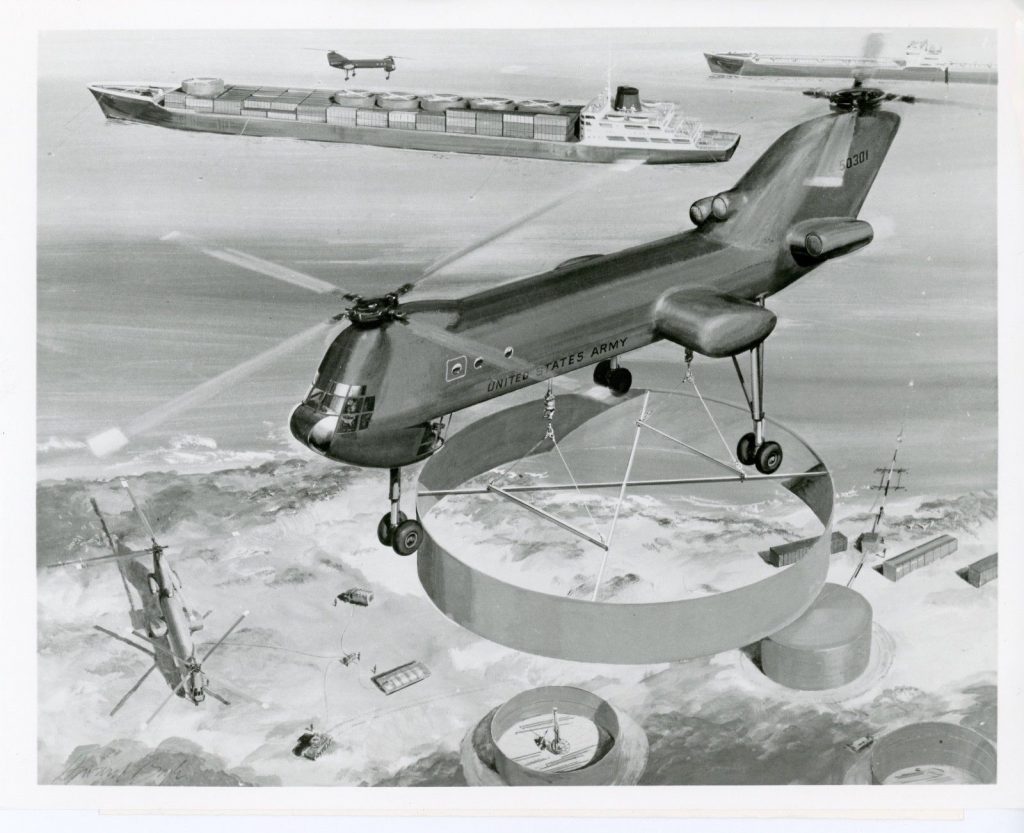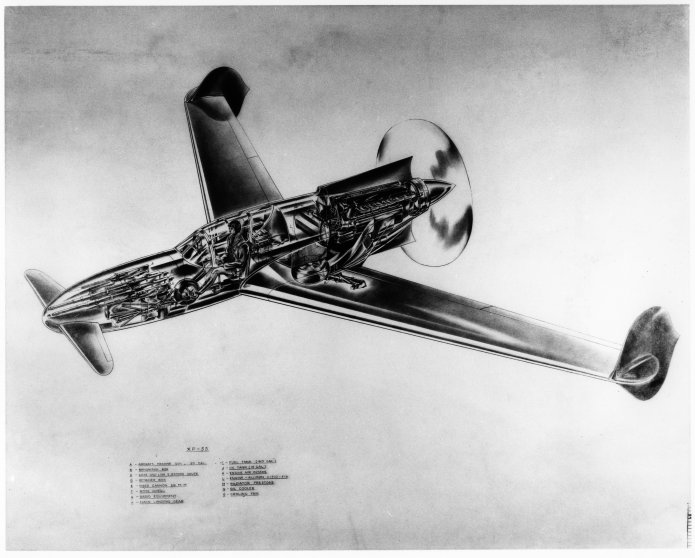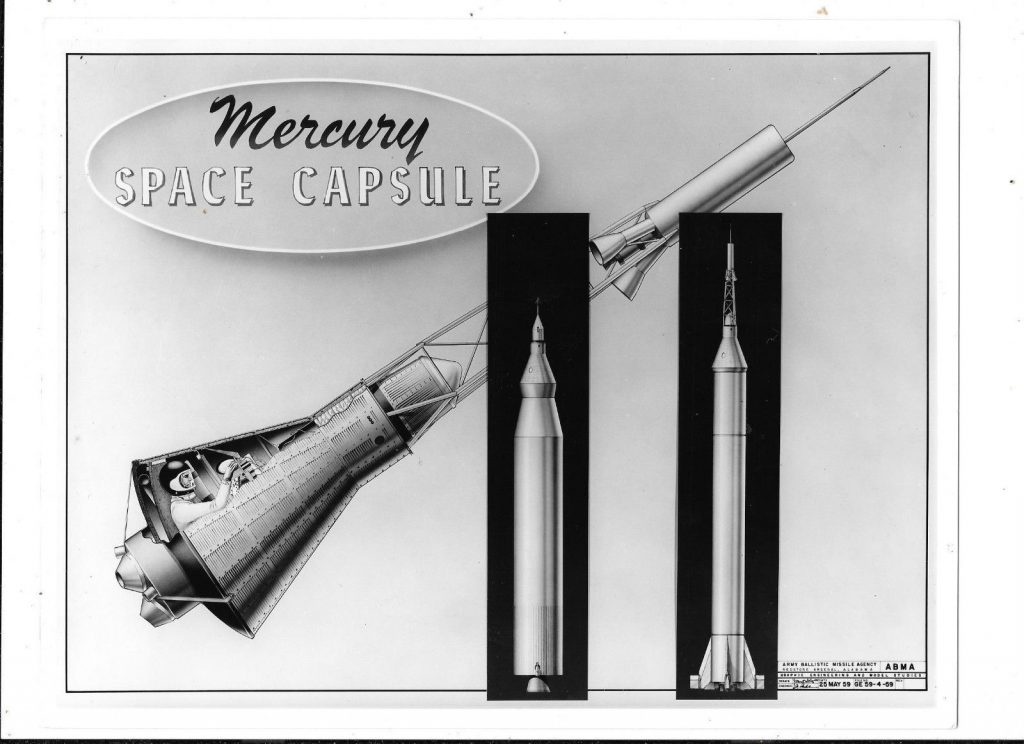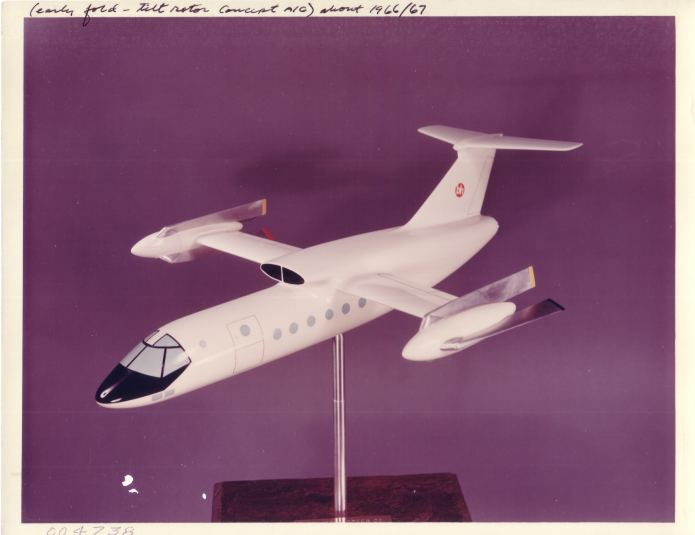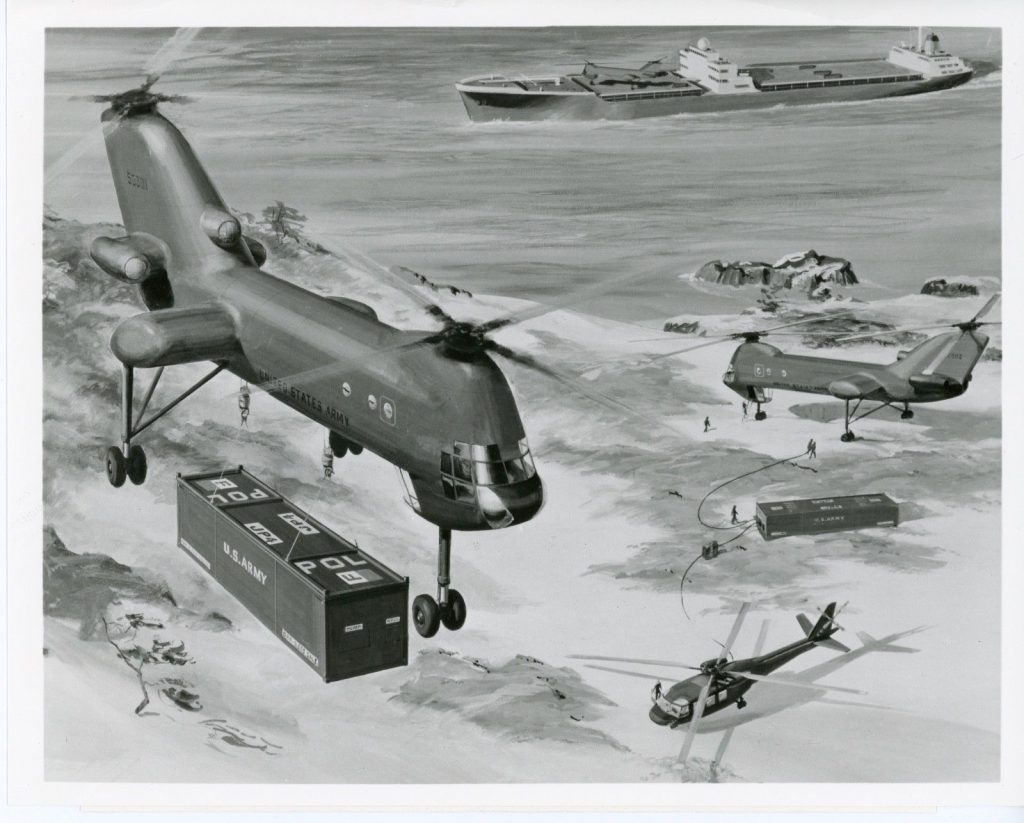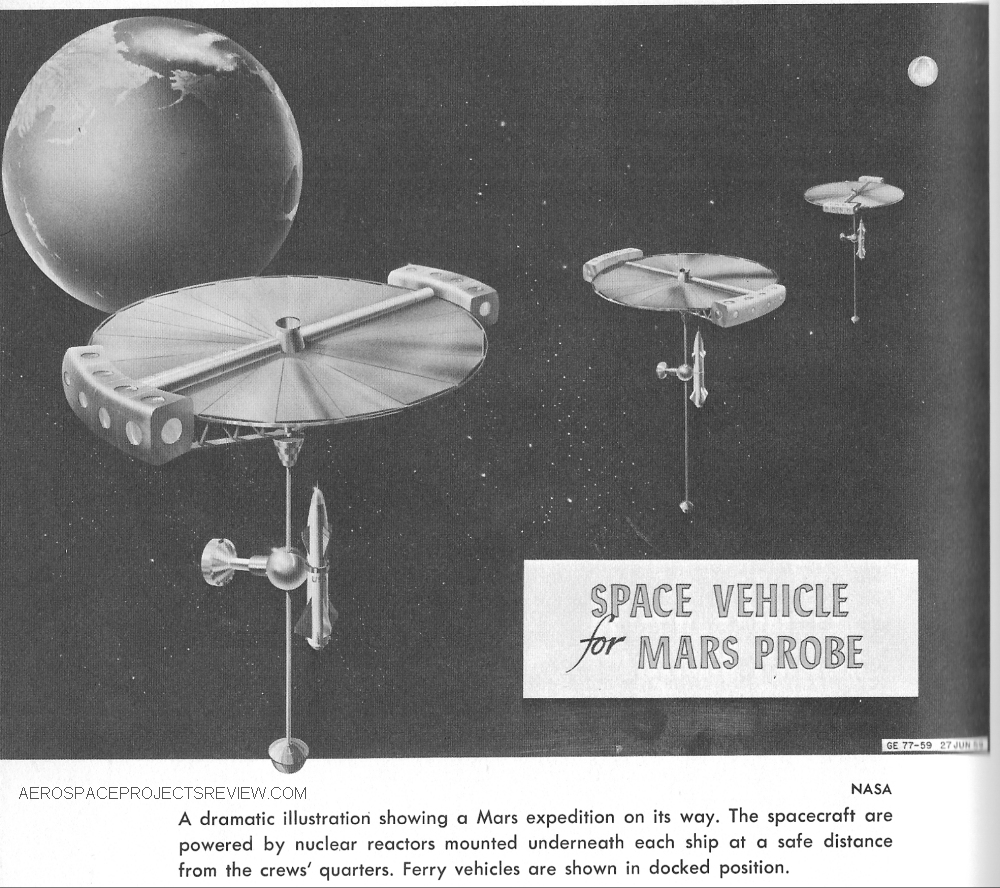As described hereabouts back in March, Vladimir Putin claims to have himself a nuclear powered cruise missile. I remain dubious, but the fact is that the Russians launched *something* and it crashed into the Barents sea. The Russians seem to be looking for it… and chances are fair that the United states Navy is as well.
Back in July the Russians released a video that purported to show bits and pieces of the supposedly nuclear-powered Burevestnik missile:
The video does not show the configuration with any clarity. What can be made out is that it seemed to have a fairly conventional forward fuselage designed for low radar reflectivity, with relatively simple flip-out wings of the type common to cannisterized cruise missiles. Two further points can be gleaned from the video:
1) The missile isn’t that big… seems right in line with something like a Tomahawk.
2) The facility almost seems like a high school gym.
Both of these argue against taking the claim of nuclear propulsion too seriously. Of course, it’s a video produced and released by the Russians, so it’s impossible to say whether it is remotely accurate; it could be pure deception. But assuming it truly depicts the weapon system, it seems *real* *small* for nuclear propulsion, and the facility and the workers in it seems to be pretty lackadaisical about working around nuclear systems.
